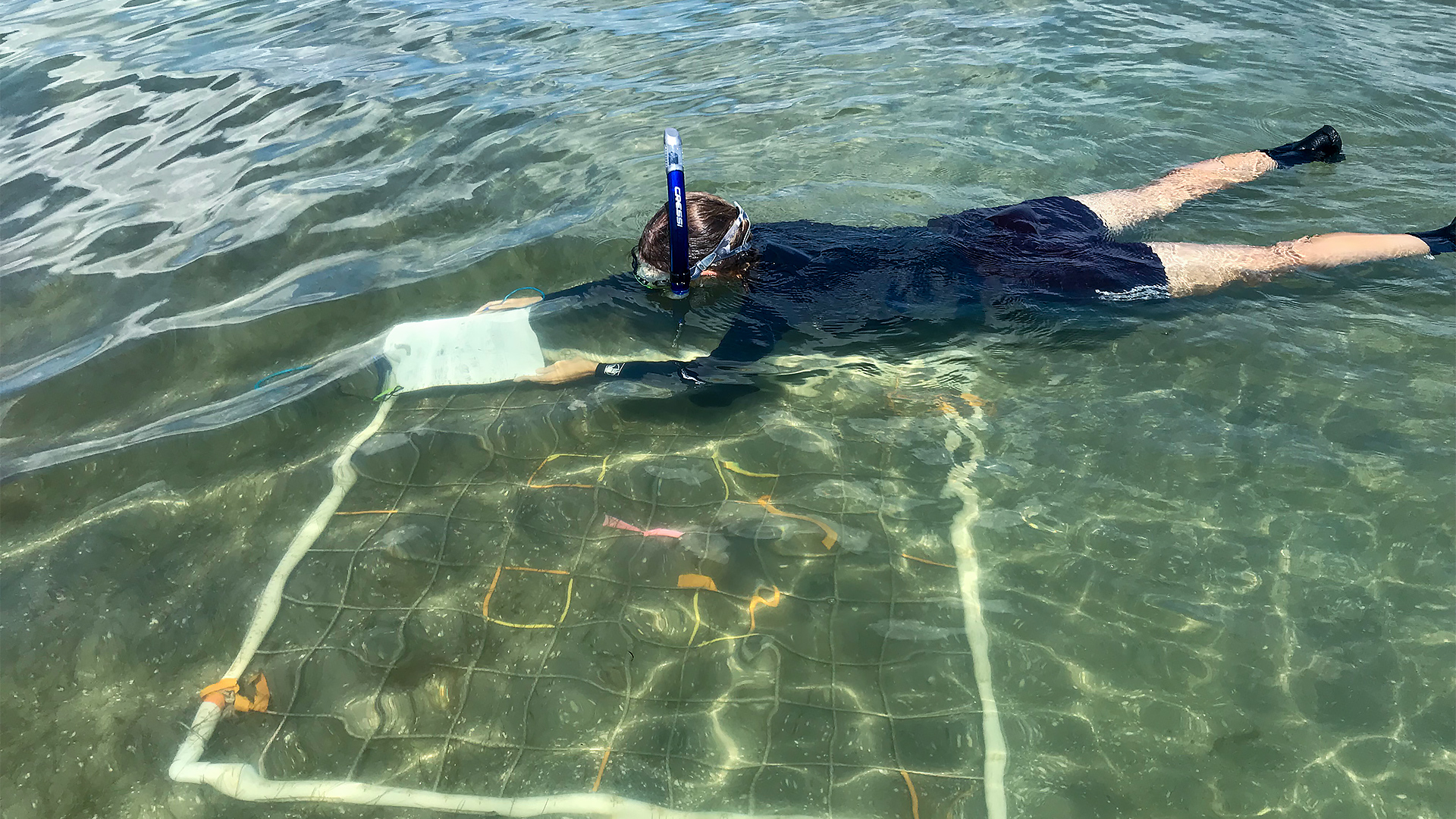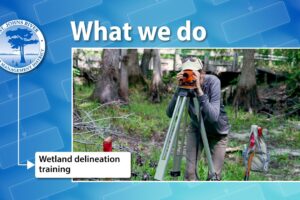Recognizing the importance of seagrass, working to improve water quality
March 4, 2021
March is Seagrass Awareness Month, an important observance made even more timely by recent reports from the Florida Fish and Wildlife Conservation Commission regarding the potential impact of habitat changes, including a reduction in seagrass coverage, on the health of manatees in the Indian River Lagoon.
During the past decade, a series of algal blooms in the Indian River Lagoon has impacted water clarity, resulting in significant losses of seagrass throughout the 156-mile-long estuary. The decline didn’t happen overnight. The stunning water views, the fishing and recreational opportunities that drew people to the area have resulted in the water quality conditions we see today. Too many nutrients, specifically nitrogen and phosphorus, are entering the lagoon from overfertilized lawns, faulty sewage treatment and leaching from septic tanks.
We’ve been focused on the lagoon’s recovery for many years, working independently and pooling our money and scientific resources with scores of partners to complete hundreds of millions of dollars in water quality and restoration projects. Large projects have included removing more than 95,000 cubic yards of muck from Melbourne’s Crane Creek in 1998, more than 380,000 cubic yards of muck from Turkey Creek in 2001, about 2 million cubic yards from the St. Sebastian River in 2009 and more than 600,000 cubic yards of muck from the Eau Gallie River in 2019. We’ve also built large stormwater parks that remove hundreds of thousands of pounds per year of nitrogen and phosphorus before the water can reach the lagoon. You can see a list of projects here.
The District has its thumb on the pulse of the seagrass population, thanks to a monitoring program that has been active for nearly 30 years. Our biologists monitor the sites to document seasonal increases and decreases in seagrass populations, working in conjunction with biologists at NASA, the Department of Environmental Protection and the Marine Discovery Center. The long-term data has been invaluable in revealing status and trends in seagrass growth and declines, especially abrupt changes as we witnessed following the algal “superbloom” in 2011.
We are also fortunate to have support for our work all the way from the top. Gov. DeSantis and the Florida Legislature have taken a bold stand for the Indian River Lagoon by providing approximately $25 million in funding directly to the District this fiscal year for water quality improvement projects to benefit the waterway.
The Indian River Lagoon Water Quality Improvement Grant is funding projects that will reduce nutrient loading by approximately 26,000 pounds per year of total nitrogen and 3,100 pounds per year of total phosphorus. Projects include septic-to-sewer conversions, natural systems restoration (muck removal, living shorelines, clam restoration), nutrient separating baffle boxes, and stormwater treatment areas. The District worked collaboratively with the South Florida Water Management District to make this grant program available to applicants within the lagoon watershed. Partnering communities are contributing a total estimated $12.8 million in cost-share matching funds.
Through projects we’re putting in the ground, the work of the scientific community analyzing data and the continued support of our state lawmakers and residents in the region, we will see improvements in this important water body.
Each of us can do more to protect the lagoon and other waterways. We can use fertilizers wisely, according to manufacturer directions, only when lawns show need, and never just prior to rain. In addition, we can each connect to a central sewer system where possible. Even if you live several miles from a spring, lake or lagoon, your neighborhood swales and canals eventually lead there.
I invite you to learn more about our work in the Indian River Lagoon by visiting www.sjrwmd.com/renew-lagoon.
Thanks to our many District scientists for their dedication and diligence in protecting and restoring this and other water bodies across our 18-county District.






